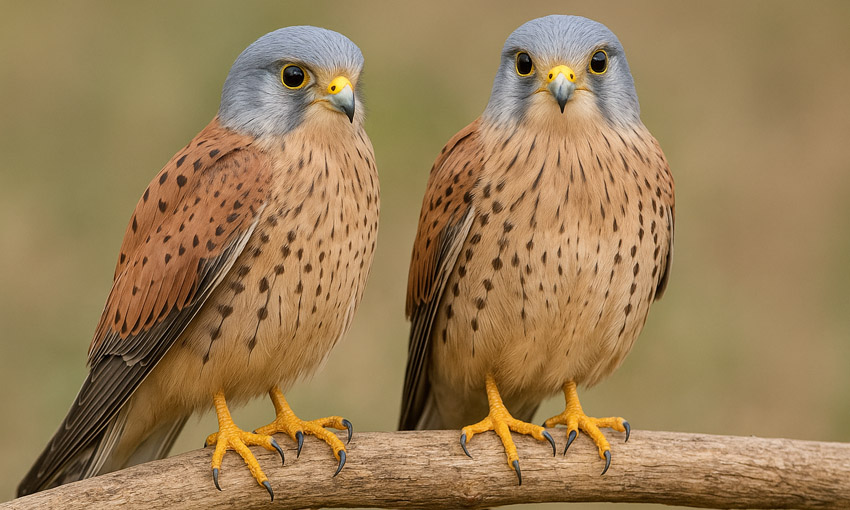

Biodiversity is undergoing an unprecedented crisis in the planet's recent history. An increasing number of animal species are experiencing population declines and, in many cases, are facing extinction. This loss of biodiversity is one of the greatest challenges of our time. But what can we do to protect the species that inhabit our planet?

The IMSE, in collaboration with the Doñana Biological Station, is involved in a research initiative entitled 'Monitoring and Tracking of Species in Their Habitats Using Hardware and Artificial Intelligence,' where they develop a system for monitoring and studying populations that aids in conservation decision-making.
For these mechanisms to function optimally, it is essential that they have accurate and continuous information about where species live and how they behave, with hardware technology and artificial intelligence methods playing a key role. Autonomous sound recorders and camera traps are extremely helpful in monitoring bird species and tracking mammals, as they collect data directly from the species' habitats without disturbing the populations. However, the volume of data generated is enormous and requires subsequent analysis, in addition to incurring high costs for data transfer and cloud processing. This is where the IMSE research group comes into play.
This team of professionals integrates AI algorithms directly into the census devices (whether cameras or sound recorders), making it possible to automatically and in real-time identify bird calls or mammal passages on-site. Among their achievements is the recognition of the calls of the lesser kestrel, a declining species in Andalusia, which helps in making quicker and more effective conservation decisions.
In addition, through prototypes of intelligent camera traps, it is possible to detect animals in their environment using artificial intelligence directly on-site, without relying on powerful external computers. This not only reduces costs but also accelerates the acquisition of valuable information for conservation.
In conclusion, this line of research combines hardware, software, and advanced algorithms to make species conservation more precise, rapid, and sustainable, reducing the carbon footprint and demonstrating that technology can be a key ally in safeguarding our natural world.
D. Velasco-Montero, J. Fernández-Berni, R. Carmona-Galán, A. Sanglas, and F. Palomares, "Reliable and Efficient Integration of AI into Camera Traps for Smart Wildlife Monitoring Based on Continual Learning," Ecological Informatics, vol. 83, 102815, Nov. 2024. DOI 10.1016/j.ecoinf.2024.102815, ISSN: 1574-9541. Impact Factor 7.3, position 11/200 (Q1) in category Ecology, ISI JCR 2024. Awarded in Best Paper Annual Contest 2024, Faculty of Physics, Universidad de Sevilla, Spain.
Award-winning magazine from the University of Seville, well within the first decile of the Ecology category, and a fundamental reference today in technology applied to ecology.
Instituto de Microelectrónica de Sevilla
September 9, 2025